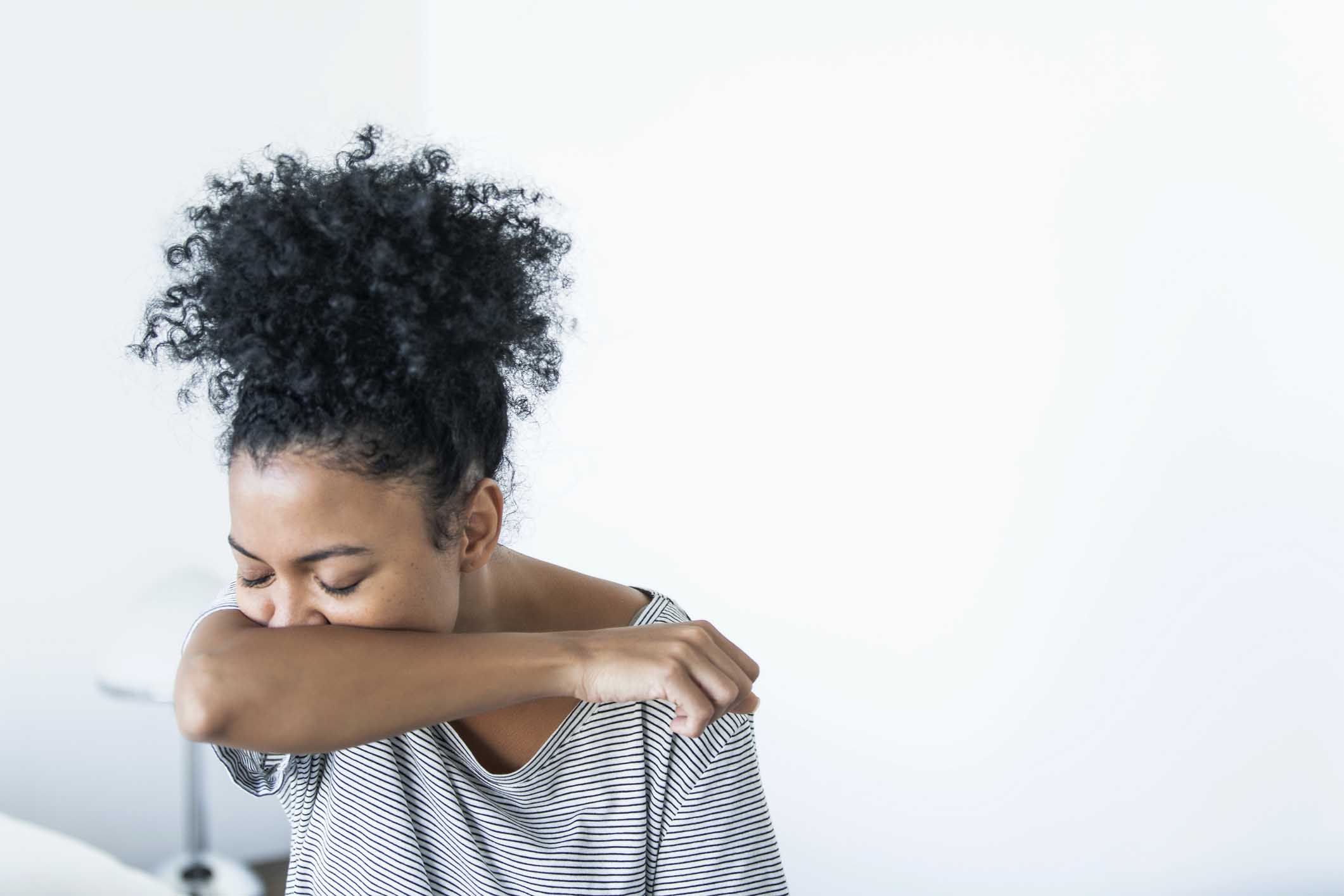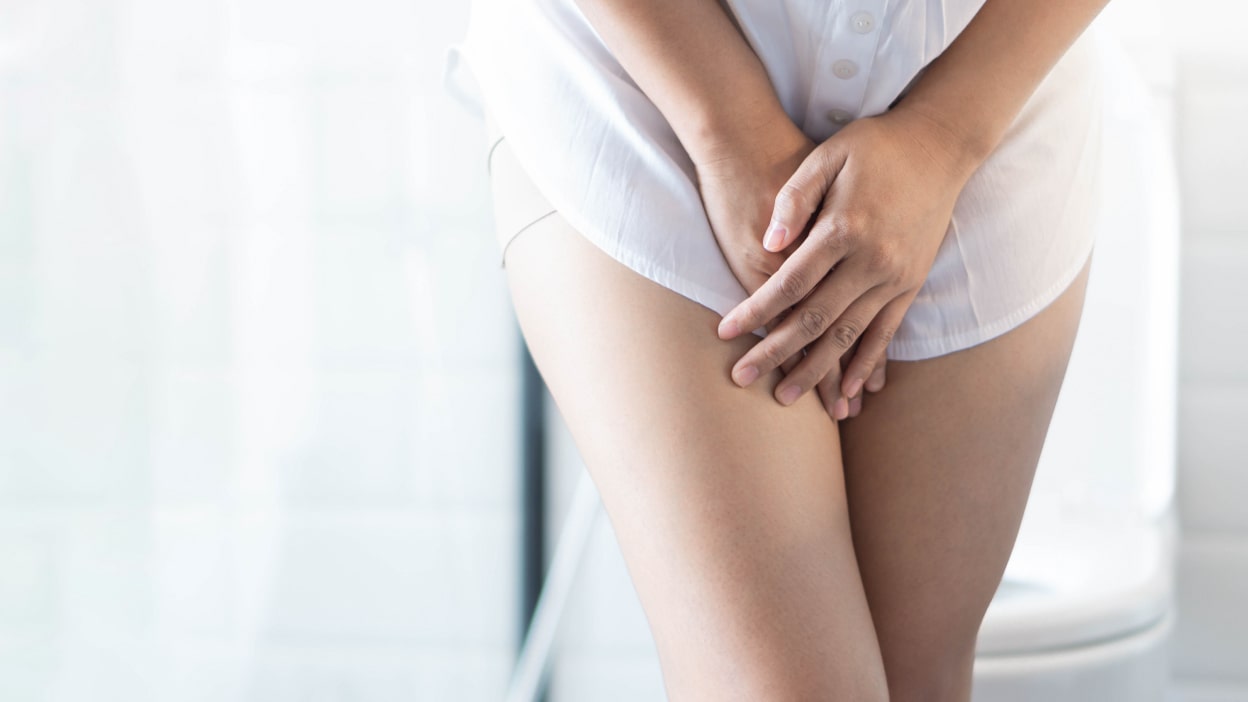LBL in Young Women and Athletes
LBL in Young Women and Athletes
If you believe that bladder leakage is a condition that only affects middle-aged or elderly women, think again: A growing number of high school and college-aged women, particularly athletes, are experiencing this condition as well. Why are they developing bladder leakage problems at such a young age? And what can be done about it?
Cheryl LeCroy, MSN, RN, clinical coordinator at the Virginia Women's Continence Center in Richmond, Virginia, sees a number of younger patients in her practice with bladder leakage problems. As LeCroy and others explain, certain high-impact sports, such as gymnastics, running, and aerobics may result in damage to the pelvic floor muscles, ligaments, and/or tissues as the feet or heels hit the ground. This, in turn, can lead to bladder leakage. The problem may also be associated with other high-impact sports. Approximately 12 percent of the women in parachute-jump-training end up dropping out of the program because of exercise-induced urinary incontinence, according to Stephanie Gutmann's book, The Kinder, Gentler Military: Can America's Gender-Neutral Fighting Force Still Win Wars?
Although only a few studies have examined this phenomenon, LeCroy estimates that 25 to 28 percent of young women doing high-impact exercise will face bladder leakage issues. Unlike the older population, though, who often find it difficult to discuss these issues, LeCroy notes that these younger patients don't think about it because no one asks. She notes, "Women as a whole are not being asked if they have bladder leaks so they just learn to deal with it."
LeCroy, who is also affiliated with the Society of Urologic Nurses and Associates (SUNA), explains further. "For a lot of young women, older teens or those in their 20s, it's hard for them to tell if the moisture they're feeling is urine or just normal vaginal moisture. But I help them figure that out." Patients can be given a prescription medication that turns their urine orange, for instance. "That's one way to find out for sure," she says.
Some women find relief with a pessary, a diaphragm-like device that supports the urethra. LeCroy also tells athletes to adjust their fluid intake, making sure to not drink excessive amounts of water before exercising while still drinking enough to stay hydrated.
For other young women, the problem may be hereditary, as in weak pelvic floor muscles or a faulty urethra. In these cases, women should explore other options, such as learning to do Kegel exercises correctly or making behavioral changes. Some women may also experience these problems due to obesity or smoking. LeCroy explains, "Obesity contributes to bladder leakage, as the extra weight puts pressure on the bladder and urethra, while smoking weakens all tissues."
Regardless of age, LeCroy and other experts encourage all women experiencing bladder leakage to seek medical attention by talking to their Doctor or health care professional. For more information, visit the "patients" section on www.suna.org.
Recommended Products
Absorbency Level
Absorbency Level













